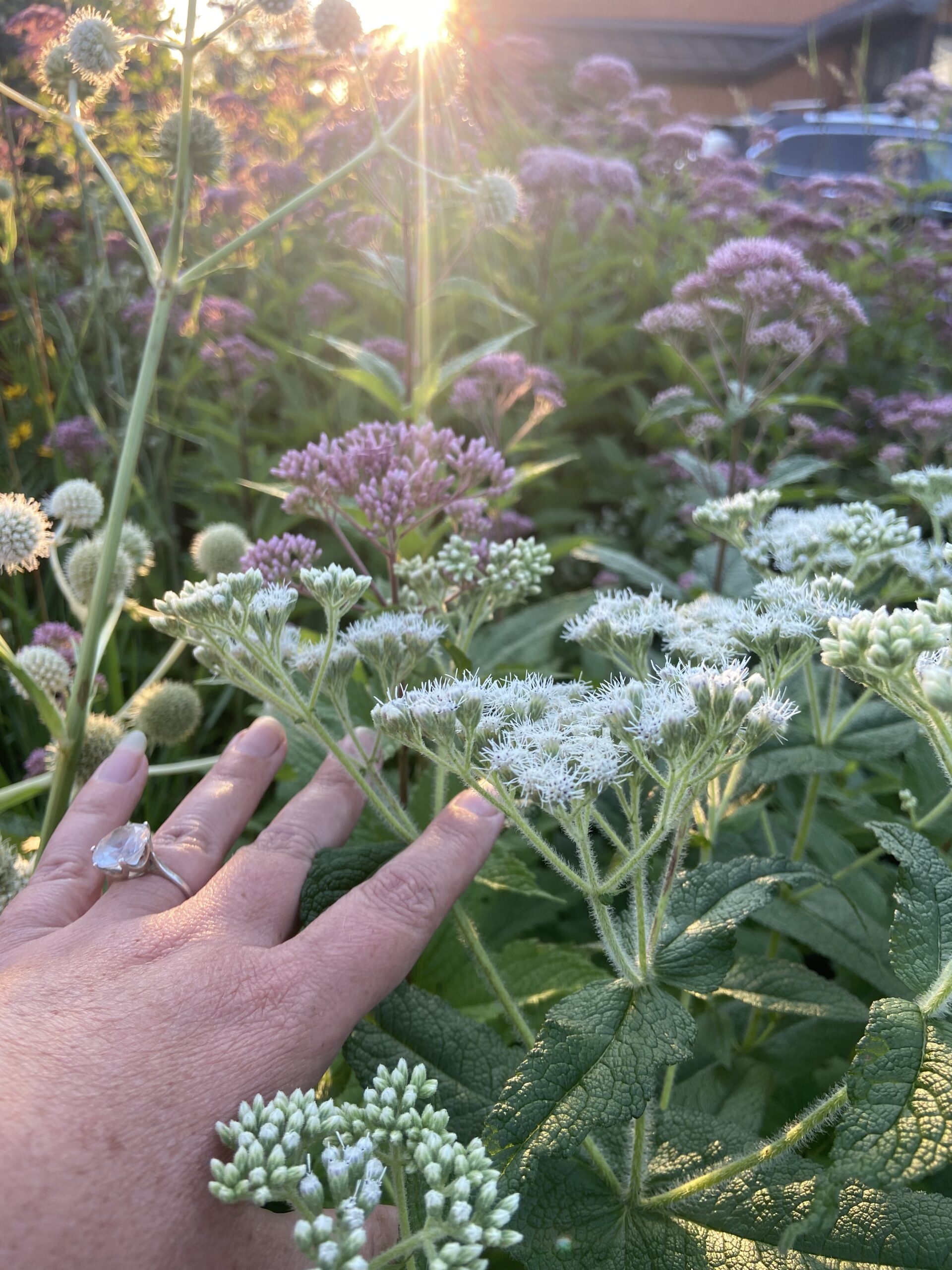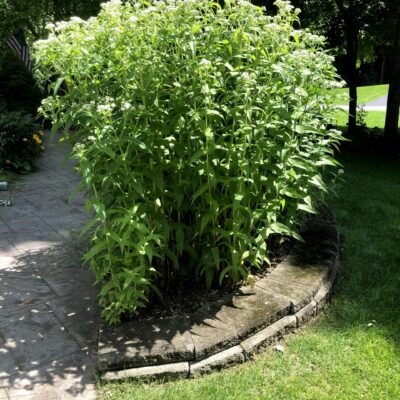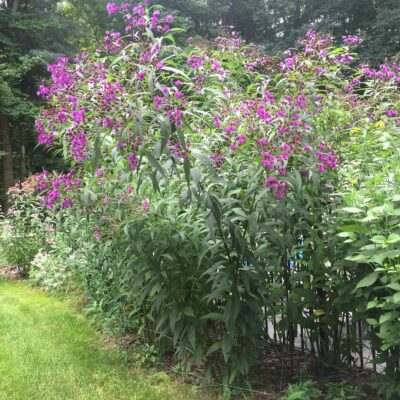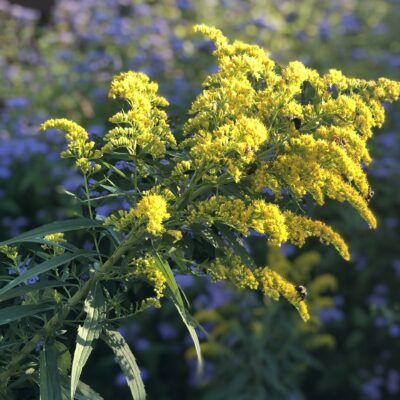Native Wildflower Meadow Seed Mix 1/2 lb.
Creating a native wildflower meadow is the easiest land management practice a landowner can practice. American Meadows are a staple of our natural history. Native prairie and meadow species can stand up to quite a variety of moisture situations and sunlight/part shade situations. Steering land to become meadow is the practice of removing invasive plants in open fields, then simply adding native species wildflower seeds. (Nature abhors a vacuum.) A more sophisticated version of meadow planning involves a sheet mulching preparation phase. Organic lasagna garden method is another way to express sheet mulching. This practice is a very effective way to build a new meadow.
The native prairie plants tend to be on the tall side and do well in open fields or wooded edge spaces. The native plants found in meadows put the “wild” in the concept of wildflowers.
Creating native wildflower meadow from seed is a habitat restoration practice that anyone with a field or open land can utilize. It’s the easiest landscaping you can do. Find more meadowscaping garden info here.
Mix can vary by availability, to include:
Canada Goldenrod (Solidago canadensis)
Joe Pye (Eupatorium maculatum)
NY Ironweed (Vernonia noveboracensis)
Giant Yellow Hyssop (Agastache nepetoides)
Pale India Plantain (Arnoglossum atriplicifolium)
False Aster (Boltonia asteroides)
Brown Eyed Susan (Rudbeckia triloba)
Cutleaf Coneflower (Rudbeckia laciniata)
New England Aster (Symphyotrichum novae-angliae)
Boneset (Eupatorium perfoliatum)





